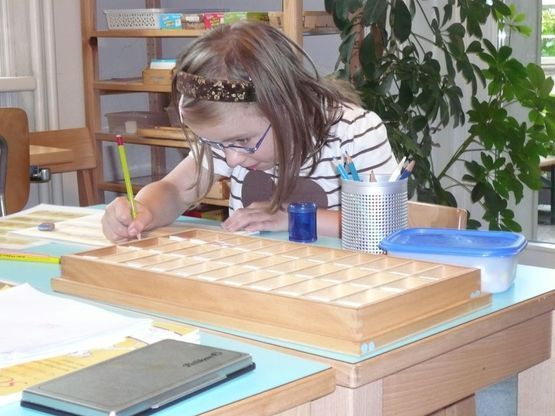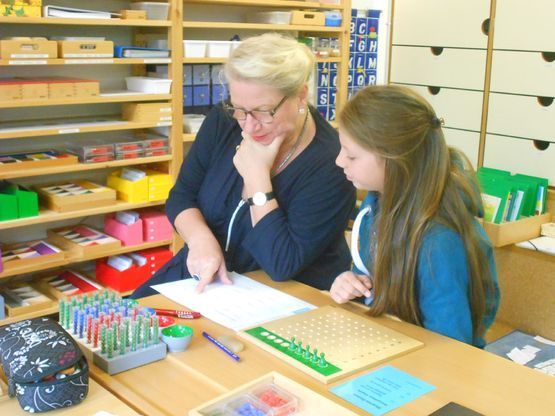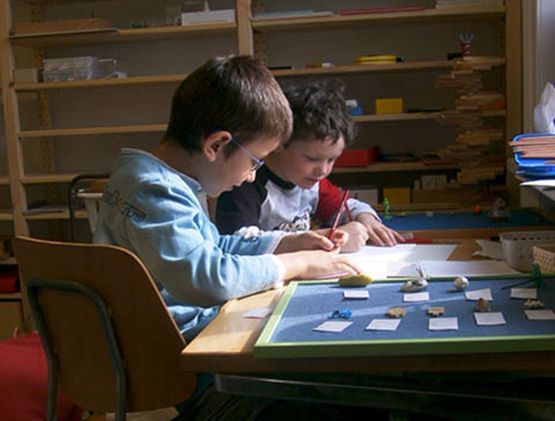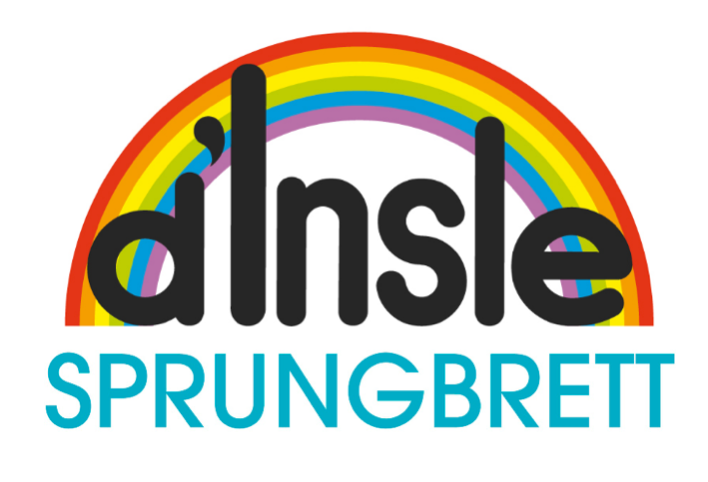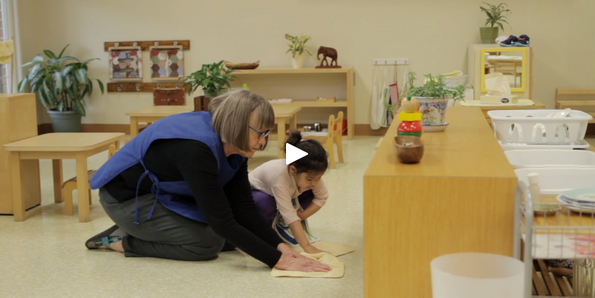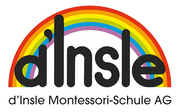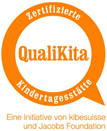Montessori-Method
- No child needs any external pressure to learn her own native tongue or to walk upright. Suitable role models within her environment are all she needs as a motivator. Only the time at which a particular step of learning happens varies individually from child to child, as we recognise very well. We are convinced that the same is true for mathematics, reading, writing and other branches, as long as the environment is right for learning. Where there is a refusal to learn, we often find that the natural learning processes are disturbed, prevented or even violated by inappropriate methods such as neglect, pressure, over-challenging, under-challenging, etc. The Montessori Method assumes that each child has a fundamental desire to learn and that the child's whole being is arranged from its very foundation to make progress step by step.
- We consider a fixed teaching plan, collective pressure to perform, and a factory-model educational system, such as rote skills being taught from the front of the classroom (still widely practised), completely obsolete. Instead, the learning content is completely individualised for each child and his/her pace. This unparalleled form of education allows children at all developmental stages to feel integrated and personally valued in their learning community. It is proven that both highly talented children and those with a learning disability derive enormous benefit in a Montessori setting.
- In a Montessori school, the teaching staff regard themselves as conscientious observers of a developmental process, providing enthusiastic support for each child's developmental needs. The child therefore always has an interested and skilled supporter in its endeavours towards knowledge, progress and development. The teaching staff strive to ensure that they consistently offer suitable materials for the current interests of each individual child, so that these interests, combined with natural child-like curiosity, become the most important drivers on the child’s own path to development and education (and not a disruptive factor).
- Detailed presentations are used to introduce the child to handling the individual materials, while the duration of the engagement with the material and the number of times the exercise is repeated is left to the child to choose. The child will decide from time to time whether she will persue a specific content alone, with one other peer or as part of a group of interested individuals.
- A child’s own work is given the most value. "Help me to do it myself“, is our motto. In specific terms, this means that we do not take over anything that the child could execute herself, and we hope that by providing the appropriate explanations, we can persuade parents to take on a similar attitude.
- By dealing in a specific way with the various types of educational content, the child aquires critical skills in all respects and takes pleasure in a growing physical and intellectual independence from adults. This growth of autonomy within each individual child leads to self-esteem, self-confidence and perseverance,

